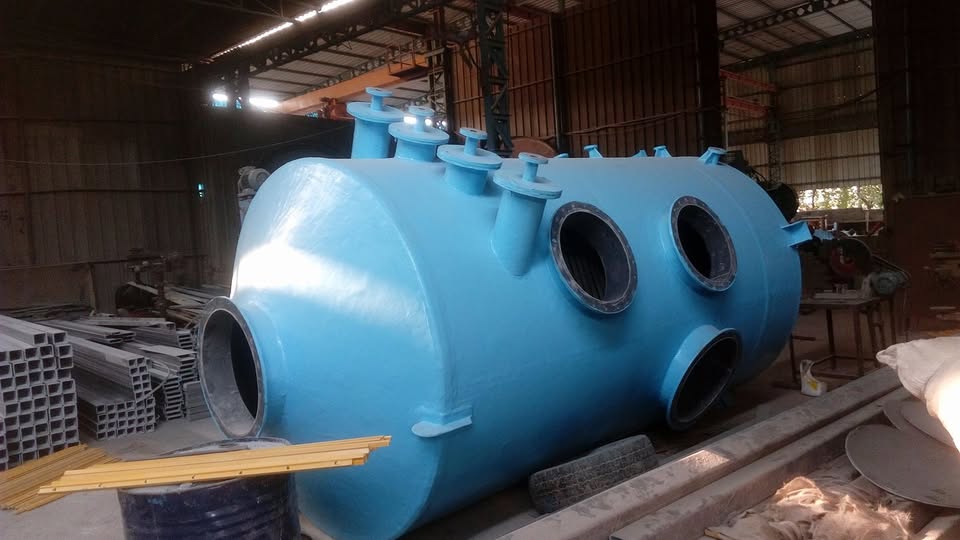Surfaces in industrial spaces are exposed to harsh chemicals and environmental conditions. Over time, this continuous exposure to corrosive chemicals damages the structures. Besides chemical attacks, physical stress, like impact and abrasion, may also lead to structural failure. Therefore, these structures need coating or lining with special chemicals to enhance the protective features and extend their lifespan. FRP is a material that is widely used for this purpose. FRP lining & coating manufacturers like Ghaziabad FRP Engineering provide the right solution for protecting industrial tanks and vessels, and equipment from chemical effects and impact. In this blog, we will learn about the significance of FRP and the difference between FRP lining and FRP coating.
What Is FRP Lining
FRP lining is the process of applying multiple layers of FRP- a fibre glass-based resin. The lining is done on the inner surfaces of structures to reinforce the fibre and polymer matrix. It strengthens the overall structure and corrosion resistance. The layer of thickness of FRP lining is from 2.5 to 6 mm, and even more in some cases. The methods used in lining are hand lay-up, filament winding, etc. Tanks and pipes in water treatment, chemical processing, construction works, and general manufacturing processes use FRP lining. It is beneficial in reinforcing the structures, making them water and chemical proof, preventing leaks and increasing the durability.
What Is FRP Coating
FRP coating is the application of a thin layer of fibreglass plastic on the surface of pipes and tanks. It creates a protective layer, spread on the surface by brush, roller or spray gun. The key difference between FRP lining and coating is that FRP lining is done for structural reinforcement, while FRP coating is done for surface protection. Its application is faster and easier than FRP lining. FRP coating is common in pipelines, metal surfaces and machinery. Moreover, it is easy to recoat for maintenance purposes.
Why FRP is Suitable for Lining And Coating
FRP is fibreglass plastic, a composite material that combines the resistance of fibreglass and the strength of thermoplastic polymer matrix. FRP lining & coating manufacturers use Isophthalic Resin, Vinyl Ester Resin, and Super Vinyl Ester Resin as raw materials to bind the fibreglass. FRP is highly corrosion resistant, mechanically strong, thermally stable and electrically insulated. These can be bonded well with various substrates such as metal surfaces, concrete, PVC and more. Hence, they are used in chemically harsh surroundings such as chemical treatment, sewage treatment plants, and marine and offshore structures.
To Summarize
To deal with chemical corrosion and harsh environments, many industries rely on FRP lining & coating manufacturers. From tanks, vessels and pipelines to cooling towers and industrial machinery, FRP is a reliable composite material to protect the structure and surface from being damaged. The lining method is for heavy-duty structural reinforcement, while coating is suitable for light-duty surface protection. If you need help in deciding what’s best for your industrial needs, you can take guidance from our experts at Ghaziabad FRP Engineering.

